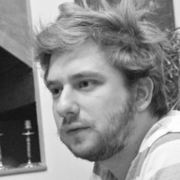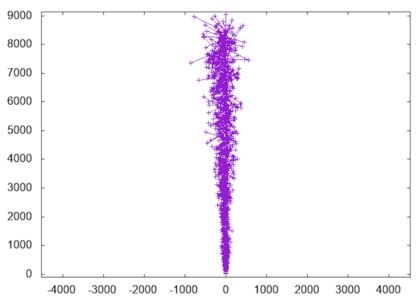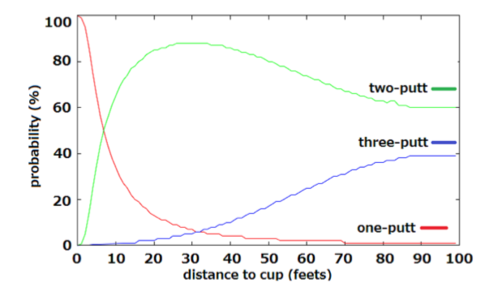Golf Optimization and The Ryder Cup 2018
Golf is an appealing discipline for those with an interest in sport analytics: unlike other ball sports, like baseball, soccer, rugby or tennis, the ball is at rest when the player hits. The number of scenarios a player might face on the course is therefore somehow under control (no need to take into account the position of the adversaries, the spin of the ball and so on). Each player can thus try to develop and implement a strategy to play any given golf course, building upon its skills. The (academic) Golf Optimization project aims at developing optimal strategies for golfers and we developed advanced analytical tools to compute such strategies.
We believe that professional golfers have a pretty good knowledge of their game and that they play close to their optimal strategy. Vice-versa this implies that an `in-silico’ golfer playing the best strategy should be a decent approximation of a real player. This is the underlying assumption behind this project. We thus analyzed the statistics* of the top 24 American and European professional players playing the Ryder Cup 2018 and we used these statistics to develop digital `avatars’ of the corresponding players. Using those avatars, we were able to come up with forecasts of scores on each hole of the Golf National. This, in turn, allows to make prediction on the winner of each match. This website reports on our different predictions for the Ryder Cup 2018.
The Ryder Cup is a major event in sport. It is followed by millions of people worldwide. We thought that this was a superb event to test our predictions live and hopefully improve the experience of the avid followers. We hope that you will enjoy playing with our tool during the event! Click on the link below and see which player is favorite (according to our model) for each possible match-play (and each hole)! *The statistical analysis in this research builds upon the PGA TOUR’s ShotLink data set but the projections are our own. The results presented on this website precurs to publishing in an academic journal. We are very grateful to Ken Lovell, Senior Vice President of Marketing at PGA TOUR for letting us publish this preliminary work. We accept no responsibility with regard to any problems occurring as a result of using this website and its content.

About us

Matthieu Guillot
Matthieu Guillot is a PhD student at the University of Grenoble Alpes, France, since 2015. He was trained as a software engineer at Ensimag and he majored in operations research and combinatorial optimization. His research focuses on the stochastic shortest path problem and its applications to golf analytics.
Gautier Stauffer
Gautier Stauffer is a Professor at Kedge Business School Bordeaux, France. He is an avid golfer and an expert of discrete optimization and operations research. He initiated the golf optimization project in 2014, while a professor at Ensimag, to demonstrate the potential of decision analytics in golf.


Theory (in short)
Professional golfers, like amateurs, do make mistakes (albeit usually less severe): when aiming at a target, they might end up a few meters away. Of course their dispersion will depend on the surface the ball lies on and the distance to the target. In this project, we used the PGA Tour ShotLink data set to infer the typical statistical deviation of a given professional golfer for each type of surface (fairway, rough, bunker) and each distance. We also collected empirical statistics on the number of putts made from any distance on the green. Using these data, we were able to develop an `in-silico' golfer having similar statistics and skills as the real player.

Profile of the player on the fairway (in inches)

Profile of the player on the rough (in inches)

Profile of the player on the green
We then designed simplified two-dimensional representations for each hole of the Golf National and we discretized each hole by using a 2 meter by 2 meter grid.

For each player and each position on the grid, we listed all shots that the player could possibly try from the corresponding place. We were then able to compute the optimal strategy, which consists in choosing the best shot from any possible point on the course, by solving a so-called stochastic shortest path problem (a Markov Decision Process). We later used Monte-Carlo simulation to simulate thousands of games between any two players. The probability we report in this website are the frequencies of wins (and ties) observed for each player.

Contact
Matthieu.Guillot@grenoble-inp.fr
Gautier.Stauffer@kedgebs.com
